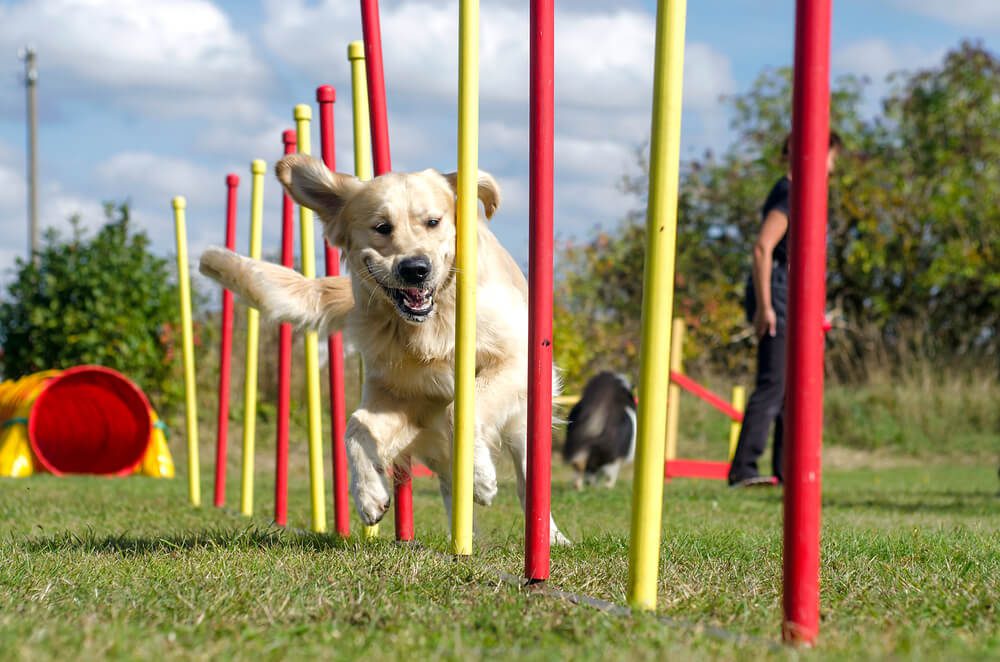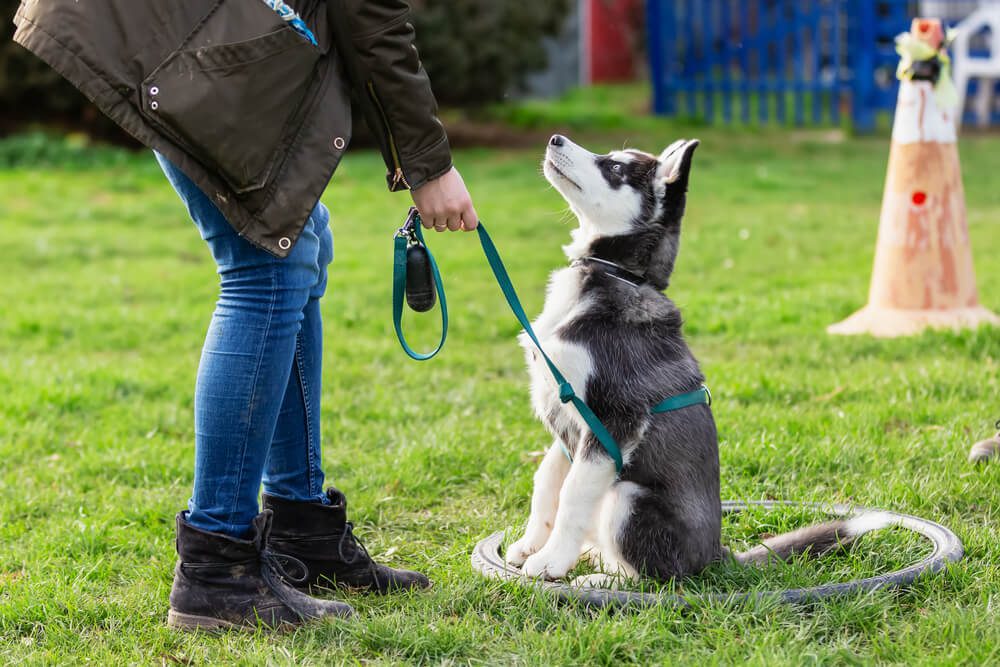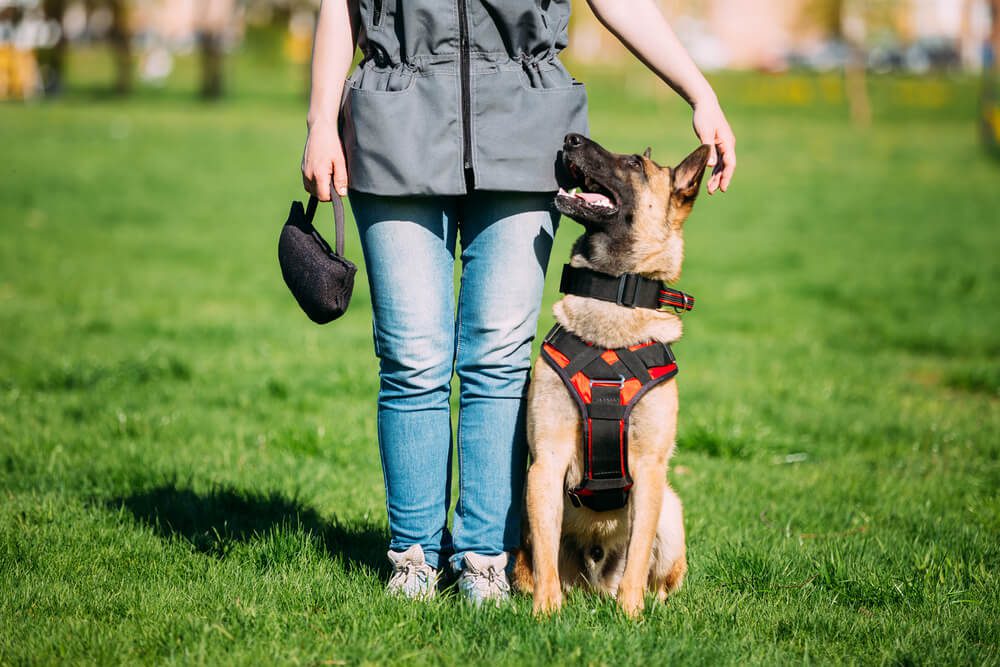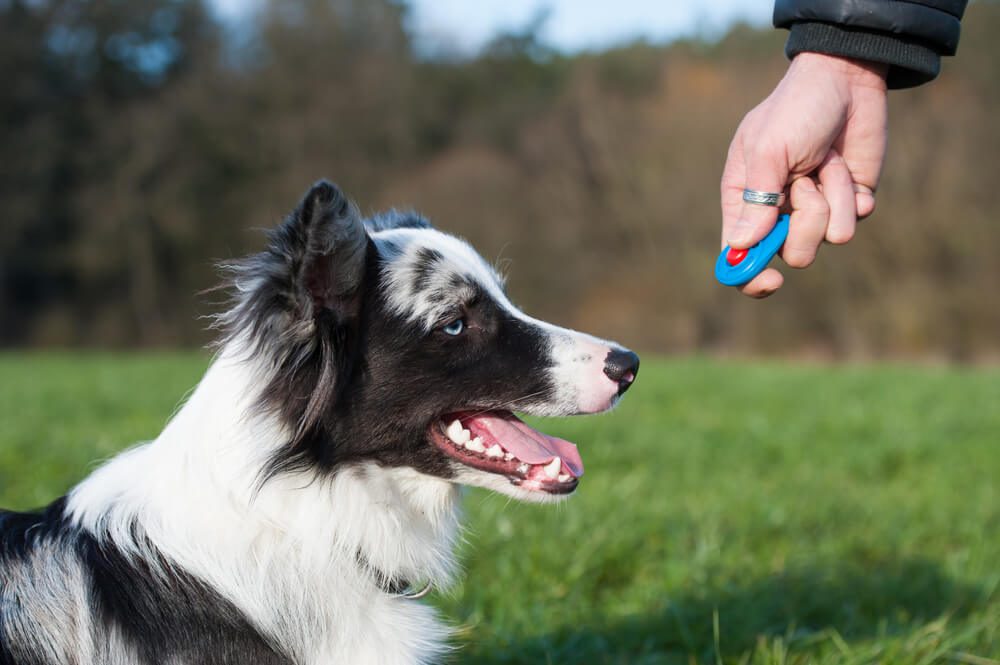How to Become a Dog Trainer

Table of Contents
How to Become a Dog Trainer
What Does a Certified Dog Trainer Do?
A certified dog trainer is a dog service professional with a learned understanding of dog behavior. They use their knowledge to train a variety of dogs. Training classes can teach dog owners how to manage their pets and introduce basic obedience skills or address behavioral problems.
Specialized trainers offer training programs to educate and prepare dogs for specific roles, like service dogs, protection, or therapy dogs.
Different Types of Dog Training
A certified professional dog trainer could offer training to individuals or perform group classes. Below you will find three main basic training techniques.
Obedience
A typical dog obedience class involves positive reinforcement or operant conditioning methods. This approach rewards good behavior rather than using punishment.
Obedience training is offered for puppies or high-energy dogs who need to form healthy habits with their owners for acceptable social skills they do not possess. They will also learn cues and commands from their owner.
Behavior Modification
Behavior modification dog training courses aim to adjust certain behaviors in dogs. The goal is to replace undesirable, dangerous, or even fearful behaviors with appropriate behaviors. Often bad behavior is linked to dog anxiety or trauma, and experienced trainers must master animal care and an understanding of dog behavior.
Some behaviors that will be addressed include leash pulling, jumping on people, anxiety, excessive barking, biting, chewing, aggression, antisocial behavior, or soiling the home.
A behavior modification plan will involve the following steps:
- Increasing owner knowledge and education of the dog’s body language
- Teaching management of daily life and knowing how to remove and desensitize the dog toward stressors
- The use of positive reinforcement and learning enjoyable activities to increase bonding
- Behavior modification through training and introduction of a safety cue
Sports
Sports training aims to teach dogs skills and tricks for sporting events. If dog owners are interested in competing with their pets, they’ll seek help from a dog training school specializing in sport.
Skills that are taught to pets during sports training may include:
- confidence and awareness
- jump work
- recalls and fronts
- handling skills
- dog agility
- herding
- lure coursing
- ralley
- treibball (push ball)
- scent work
- and more.
Dog Trainer Salary: How Much Do Dog Trainers Make?
- According to the Bureau of Labor Statistics, the median annual wage for animal trainers was $31,280 in May 2021.
- A 2022 statement from Climb the Ladder lists the median annual salary for dog trainers at $49,500 ($23.8/hour).
The dog training profession is rising and offers a healthy growth rate of about 11% by 2024.
Your canine trainer’s salary depends on many variables, including education, experience, and training type. Your dog training career can be practiced full-time or part-time. Full-time behavior consultants may find work in places like kennels or animal shelters that hire staff for longer hours.
How to Become a Dog Trainer
Your journey to becoming a certified dog trainer will involve a focus on the following areas:
Skills
Dog trainers will have a fulfilling career path if they possess these soft skills:
- Patience – you will deal with difficult and stubborn pets (or pet parents). Patience is key to keeping calm during training sessions and helping your client exercise tolerance while they train and teach their pet.
- Communication skills – reading body language and being able to communicate the task ahead is vital for dog trainers. Teaching your client about their pet’s behavior and educating them on training techniques requires the ability to express your goals and instructions firmly and respectfully.
- People skills – it’s not enough to be a dog lover, as you’ll also need to work with dog owners too. People skills equip you to be personable, friendly, professional, and approachable.
- Positive attitude – Your love for animals and positive personality will appeal to clients and aid your business growth.
- High-energy – dog training is a physical job, and fitness is required.
Education
Hard skills come with education. You can read studies or journals covering animal behavior, canine ethology, and dog body language topics. Seminars, webinars, online courses, or apprenticeship training can boost your self-taught training skills.
Broaden your professional skills and knowledge with in-person or online programs that offer certification for your effort. Below you’ll find a list of schools that offer professional dog trainer courses for advanced handling of canines.
- The Karen Pryor Academy
- Animal Behavior College
- CATCH – Canine Trainers Academy
- School for Dog Trainers
- Starmark Academy
Professional organizations should conduct humane and ethical practices that respect the animal.
Certification
You’re more likely to be referred by veterinarians, breeders, or dog walkers if you possess certificates from the Certification Council for Professional Dog Trainers. The CCPDT® is the only independent testing and certification organization for dog trainers and dog behavior consultants worldwide.
Look into the following certifications:
- CPDT-KA® (Certified Professional Dog Trainer-Knowledge Assessed)
- CPDT-KSA® (Certified Professional Dog Trainer-Skills Assessed)
- CBCC-KA® (Certified Behavior Consultant Canine-Knowledge Assessed)
Keep in mind that these certifications take time to attain, as trainers are only eligible for the certification exam once they meet certain requirements, including hours of experience in the profession.
Experience
Here are some ways to gain experience in the field of dog training:
Volunteering
Volunteering your time and acquired skill at your local shelter or with rescue organizations is a great way to gain exposure to various dog types. You may also encounter traumatized dogs requiring behavior modification and animal care. Your knowledge of dog behaviors can aid in making dogs more adoptable.
Apprenticeship
Learning with a mentor is an invaluable method of learning. You may even be exposed to new training methods or tips that you would not have learned from your online courses. Part of being a dog trainer is problem-solving, which is only a skill that you can learn with hands-on experience.
There are some dog-training academies that offer formal apprenticeships, or you could meet trainers and approach them for an internship.
Starting Your Dog Training Business
To become a self-employed dog trainer, you’ll need to invest your time, effort, and resources into your new passion and career. Here are some routes to take to get your business off the ground and on the road to success:
Start Training Dogs for Friends and Neighbors
Improve your professional skills by teaching your own dog or the dogs of others. This will increase your observation of subtle body language cues. Once you’ve learned training tools, practice with various breeds and dog personalities to polish your skills. Working with dogs of all ages will also boost your understanding of canines as you teach puppies and senior dogs new tricks.
Dogs will not always respond to certain training methods, and practicing various techniques will help make the work second nature.
Training dogs in your community can help build your reputation and reviews – all beneficial when you start your own business.
Advertise Your Services at Veterinary Clinics, Pet Stores, and Pet Events
Launching your dog training school may take a little while, so exhaust all forms of advertising to boost your chances of being hired for the job. Here are some options for promoting your services:
- Advertise on Craigslist.
- Place fliers or business cards at your local kennel.
- Ask your local vet to add your information to their weekly newsletter.
- Create a page on social media platforms that will reach all client demographics.
- Online directories for pet-related services.
- Carry business cards if you meet potential clients in your day-to-day life.
Don’t be scared to market your certification and inform prospects of its importance. Your certification validates your professional knowledge and skills. Pointing it out helps others make an informed choice about hiring a trainer for their beloved pet.
Become a Member of the Association of Professional Dog Trainers
Work to become certified with the Association of Professional Dog Trainers to boost your business, learning, and connections.
The APDT membership is an investment in your learning and qualifications. Becoming a member offers the following perks:
- Exposure to career opportunities.
- Access to the latest trends, techniques, advice, and industry news.
- Creating and maintaining superior industry standards and ethics.
- Continuing professional education and the ability to stay up-to-date with qualifications.
- Member-only discounts for associated pet retail products, health and nutrition supplies, business services, software, and more!
- You’ll be listed on their Trainer Search page, helping pet owners find dog trainers for their specific needs.
- Peer-to-peer networking and community.
- Credibility and use of the APDT logo for your business web pages and marketing.
- Access to the APDT Annual Conference and Trade Show.
- Continued support from APDT.
Network at Dog Training Industry Events and Expos
Networking and attending events and seminars can provide an acceleration in your learning as you meet behavioral experts in the field of dog training. At these functions, you can broaden your knowledge, meet potential mentors, or promote yourself as a respected and professional dog trainer.



















